12 Things People Pretend to Understand About Wine
Wine is surrounded by a world of terms and traditions that can feel overwhelming. Plenty of people act like they understand more than they really do, often just to fit in.
Here are some of the most common things people pretend to understand about wine—and what you actually need to know to enjoy it.
Terroir and how soil affects taste
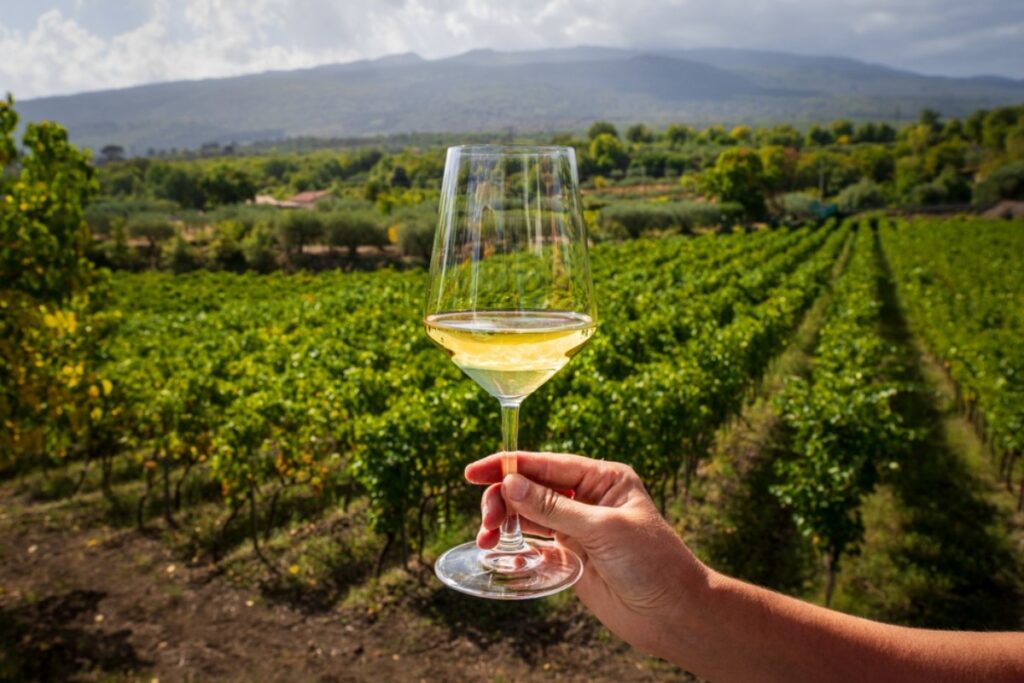
Terroir is a word you’ll hear often. It means the mix of soil, climate, and place that shapes a wine’s flavor.
Soil is important because it changes how grapevines grow and what flavors develop in the grapes. Different soils hold water and nutrients in unique ways.
Sandy soil drains quickly, while rocky soil keeps roots deep and strong. These differences affect how grapes take up food and water, which changes the wine’s taste.
Some people say minerals from the soil give wine a “mineral” flavor, though scientists still debate this. Still, many believe the soil adds subtle notes you can taste.
When you sip a glass, remember the earth beneath the vineyard plays a quiet but important role. It helps make wines from each region feel special and connected to their home.
Oxidation and its impact on wine flavor
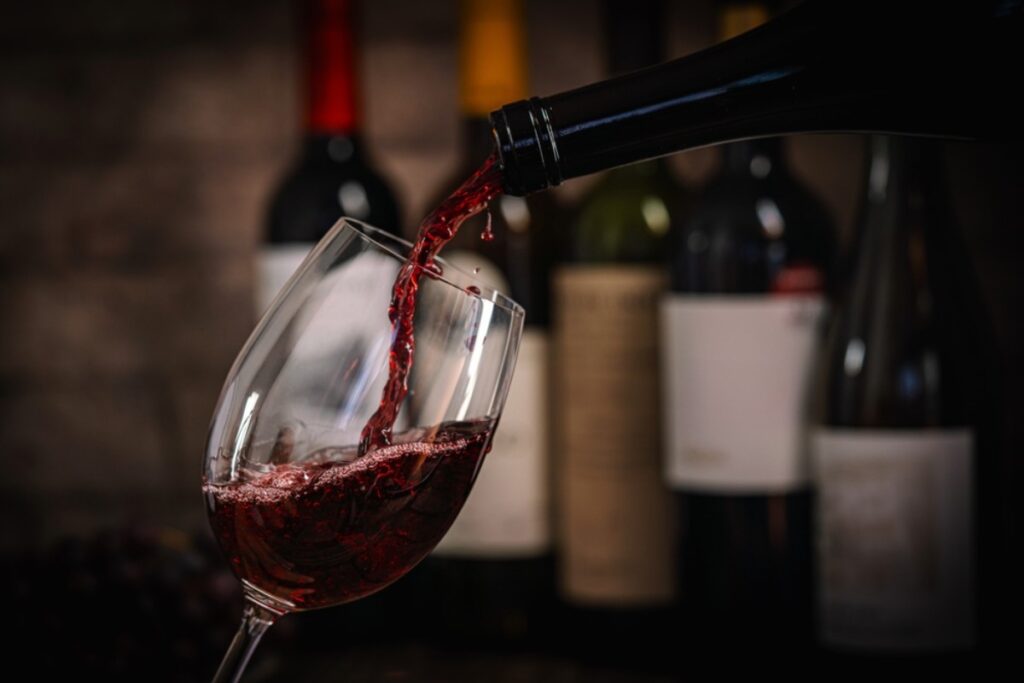
When wine meets oxygen, oxidation starts. This changes the flavor, color, and smell of your wine.
A little oxidation can improve some wines, bringing out nutty or earthy notes. But too much oxygen makes wine taste flat and dull, and the color might turn brownish.
Winemakers sometimes use controlled oxidation on purpose to add complexity as wine ages. If your wine smells off or lacks flavor, it might be oxidized.
Storing wine properly and limiting air exposure helps keep your wine tasting fresh. Oxidation plays a big role in the taste you’ll enjoy.
Difference between tannins and acidity

Tannins and acidity are easy to mix up, but they do very different things. Tannins come from grape skins, seeds, and sometimes oak barrels, making your mouth feel dry or rough.
Acidity gives wine a fresh, zesty taste and makes your mouth water. You’ll notice acidity more in white wines, while reds usually have stronger tannins.
Tannins add structure and help wine age. Acidity keeps wine balanced and bright.
If you taste wines side by side, tannins create a drying sensation, while acidity makes your mouth tingle. Knowing these differences helps you pick wines you’ll enjoy most.
The meaning of ‘mouthfeel’

Mouthfeel describes how wine feels in your mouth, not just how it tastes. It includes texture, weight, and temperature.
Some wines feel light and crisp, while others are thick or creamy. Alcohol level and acidity affect mouthfeel a lot.
You might notice mouthfeel as silky, rough, or prickly. These sensations come from tannins and acids in the wine.
Paying attention to mouthfeel gives you another way to understand and describe what makes each wine unique.
How to identify wine faults like ‘Brett’
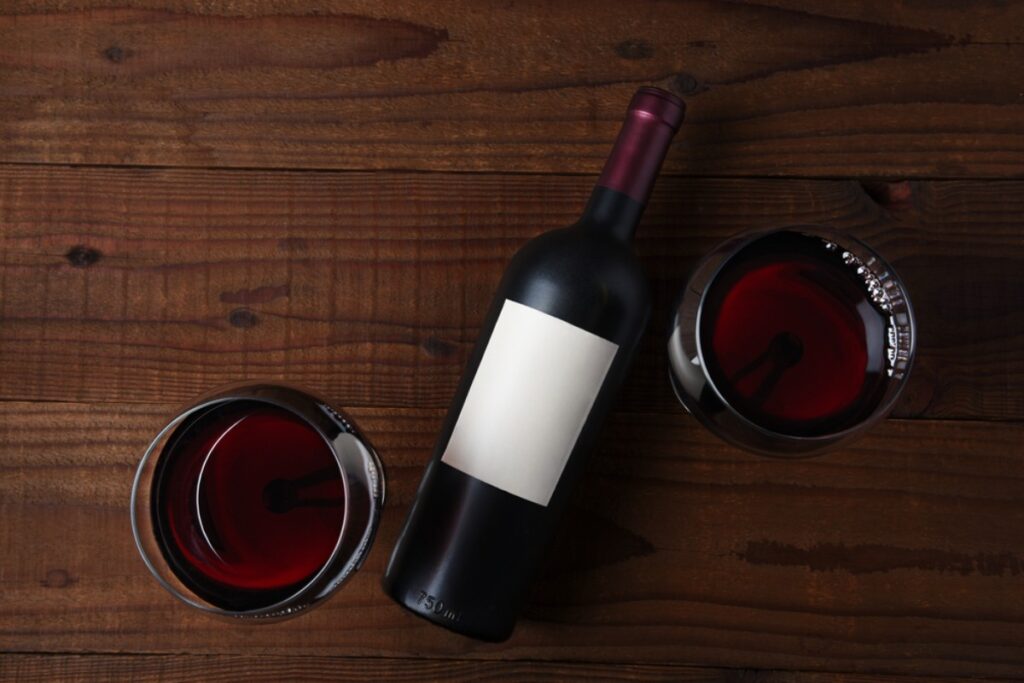
Some wines have flaws you can spot right away. “Brett,” short for Brettanomyces, is a type of yeast that gives wine unusual smells and flavors.
If your wine smells like barnyard, wet hay, or even horse sweat, it might have Brett. Sometimes, you’ll notice spice or band-aid-like aromas.
Not all wines with Brett are ruined, but if the smell or taste is too strong, it can spoil your experience. To check for Brett, use your nose before your mouth.
If you notice these strange aromas, it’s a sign the wine has a fault called Brett, and you may want to choose something else.
Understanding vintage years
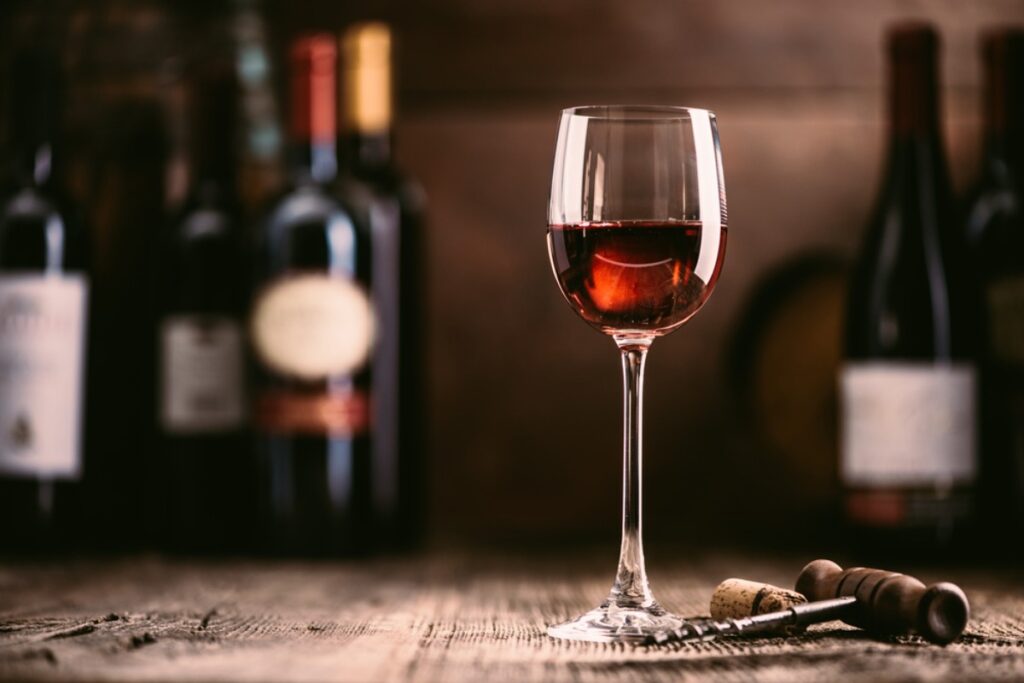
A wine’s vintage year tells you when the grapes were harvested. Weather and growing conditions change from year to year, affecting how the grapes taste.
A good vintage often means better grapes and a wine that can age well or taste better right away. In some regions with stable weather, like Australia or Argentina, vintage matters less.
If you’re buying wine to keep long term, knowing which vintages are strong can help you pick better bottles.
Difference between Old World and New World wines
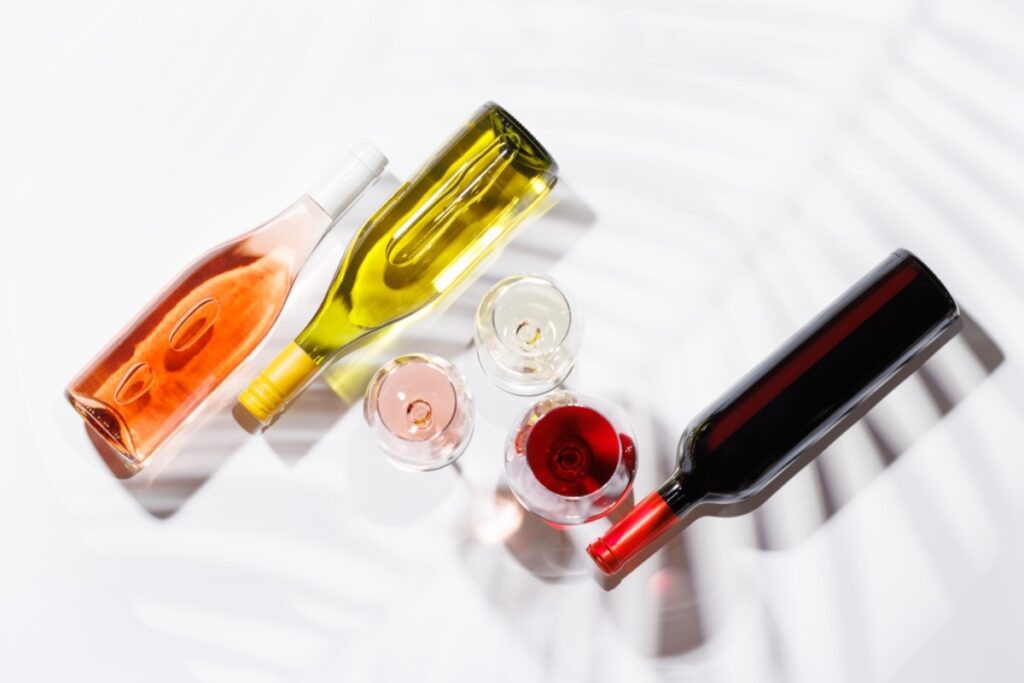
Old World wines come from Europe—places like France, Italy, and Spain. New World wines are from the US, Australia, and South America.
Old World wines usually have a lighter body and higher acidity, with more earthy or mineral flavors. New World wines tend to be bolder, with fuller body and more fruit flavors.
The difference isn’t just geography. Old World producers focus on tradition, while New World winemakers often experiment with techniques and styles.
Understanding this helps you choose wines that match your taste.
What ‘decanting’ really does
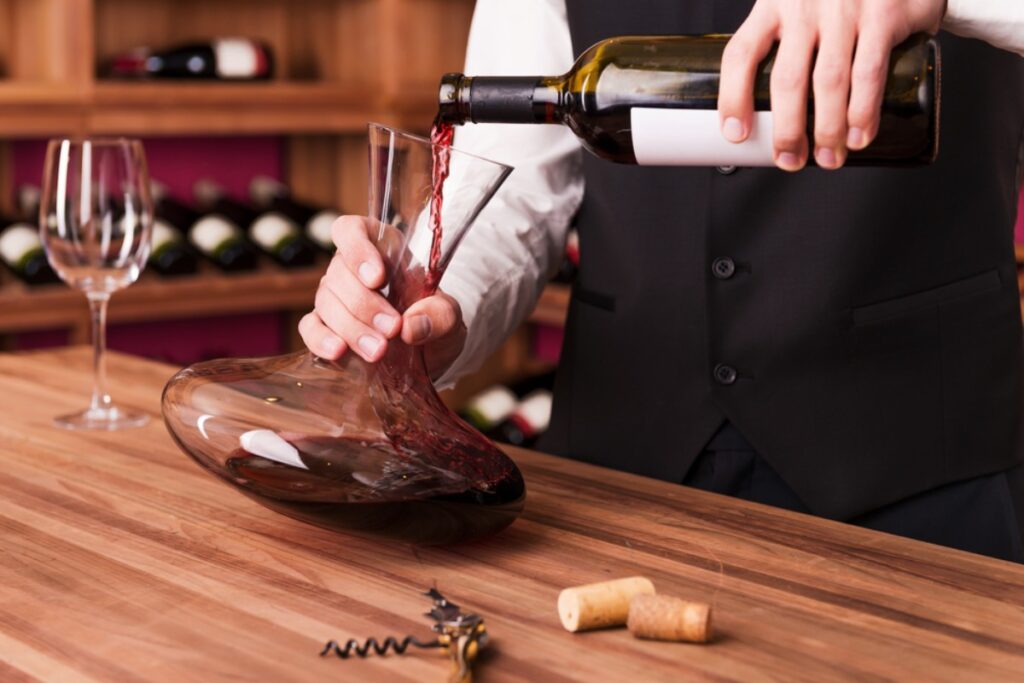
Decanting means pouring wine into another container, usually to separate it from sediment. Sediment is harmless but can taste bitter.
Another reason to decant is to let the wine “breathe” and soften strong flavors. This works best with younger reds that have sharp tannins.
Some delicate or older wines can lose their aroma if left in a decanter too long. Not all wines need decanting, and sometimes, it won’t change much at all.
Reading labels: varietal vs. blend
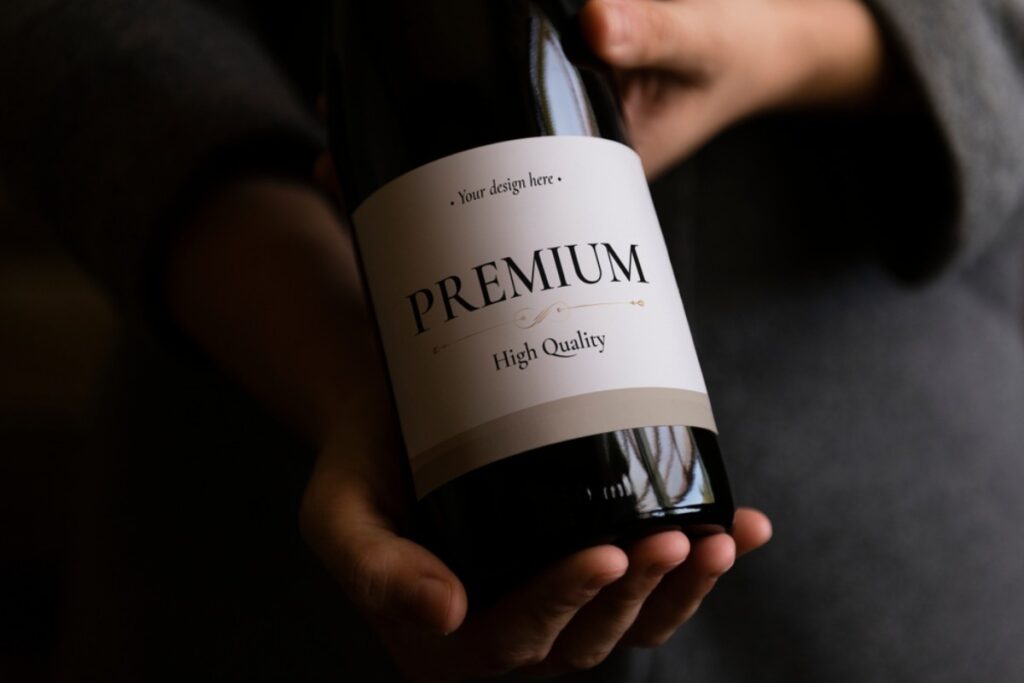
A wine labeled “varietal” is mostly made from one type of grape—usually at least 75%. Blends mix different kinds of grapes to add flavor and complexity.
Even bottles labeled as a single varietal often have small amounts of other grapes mixed in. “Red Blend” means the winemaker combined several red grape varieties.
Knowing these terms can help you feel more confident when reading labels and picking a wine that fits your taste.
The concept of ‘wine legs’ on a glass
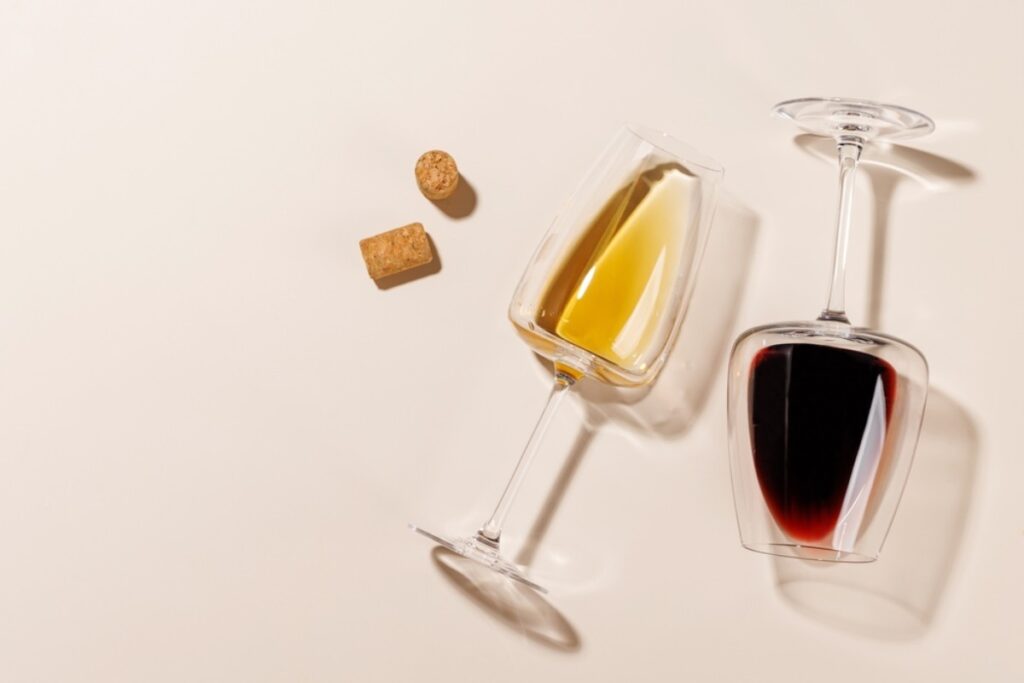
After swirling wine in your glass, you might see streaks running down the inside. These are “wine legs” or “tears.”
Wine legs tell you about the alcohol content and thickness of the wine, not its quality. Slow, thick legs usually mean more alcohol or sugar.
The legs form because alcohol evaporates faster than water, causing wine to stick to the glass. Temperature and humidity also affect how the legs appear.
Don’t judge a wine by its legs. Focus on flavors and aromas to truly understand your wine.
Why body matters in wine tasting

A wine’s body is how heavy or light it feels in your mouth. It’s like the thickness or thinness of the wine.
Full-bodied wines feel heavier and pair well with rich foods. Light-bodied wines feel thinner and go better with lighter dishes.
Body can range from light, like water, to full, like cream. Learning about body helps you describe and compare wines, even if you’re new to tasting.
What sommeliers mean by “finish”
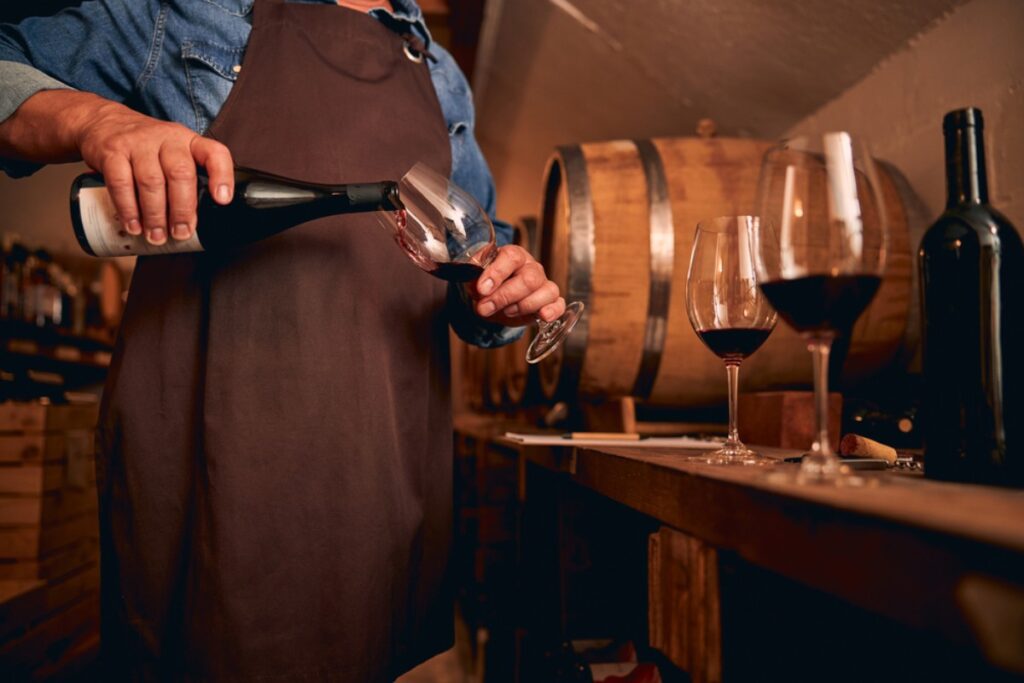
When a sommelier talks about the “finish,” they mean how long the taste of the wine stays in your mouth after you swallow it.
It’s the aftertaste that lingers, and it can tell you a lot about the wine’s quality.
A wine with a long finish means the flavors stick around for a while.
A short finish means the taste disappears quickly.
You might hear words like “smooth,” “bitter,” or “fruity” used to describe the finish.
Don’t worry if you find this confusing at first.
Many people learn by listening and trying to describe what they taste.
The more you practice, the easier it becomes to understand what sommeliers are talking about.







